How to Improve Fast – 5. Sailing in Light Air
By Luis Soubie Our boat, the Snipe, behaves more or less similarly between 7 and 20 knots, but above 20 and below 7 knots sailing should be approached differently . This has much to do with the rigging and sail shapes, which are both designed for midrange winds, so it is logical that as we approach the ends of the range they do not function effectively. I am sure you have often heard someone say that to find a good piece of property the secret is "location-location-location". Well, in the Snipe (and here is the "million dollar tip"), to sail well in light winds the secret is "speed-speed-speed". AT ANY COST. ...
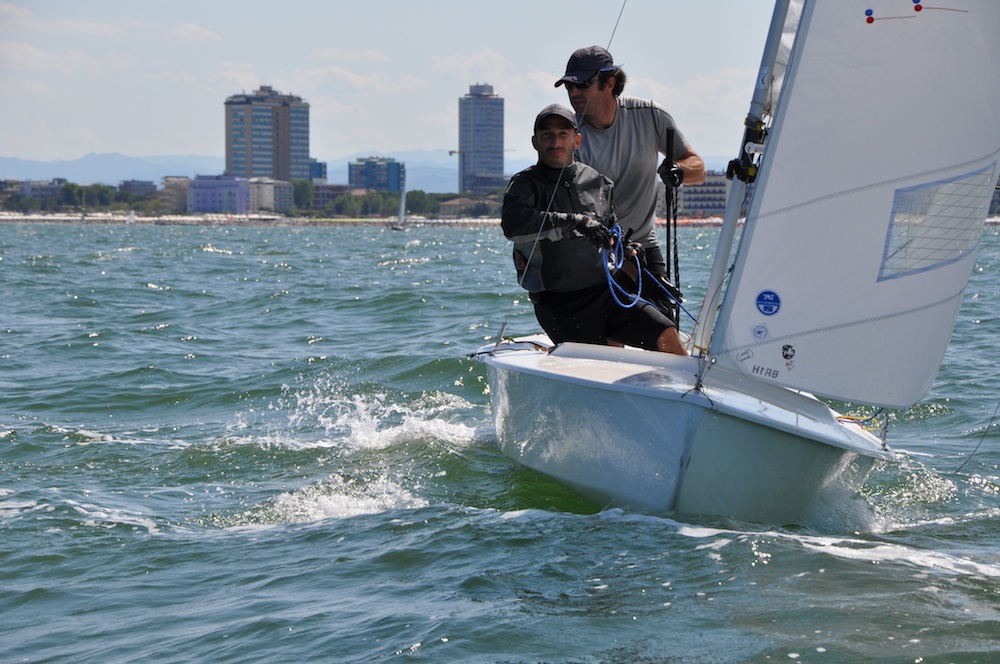

By Luis Soubie
Our boat, the Snipe, behaves more or less similarly between 7 and 20 knots, but above 20 and below 7 knots sailing should be approached differently .
This has much to do with the rigging and sail shapes, which are both designed for midrange winds, so it is logical that as we approach the ends of the range they do not function effectively.
I am sure you have often heard someone say that to find a good piece of property the secret is “location-location-location”. Well, in the Snipe (and here is the “million dollar tip”), to sail well in light winds the secret is “speed-speed-speed”. AT ANY COST.
…
It is quite easy to understand, and most people know, but curiously very few do it. I think we find it hard to put the bow down upwind; we see how others “point higher” than us and we unconsciously try to match it .
It is very simple really; with little wind, if there is no speed there is no VMG, even pointing the bow 10 degrees above the rest (upwind) or 20 below (downwind). First you have to go fast, and only then can you think about pointing high.
I realize with my crews how hard it is for them to ease sheets as much as I ask them to. Only after a couple of seasons together and several regattas that demonstrate the obvious fact of going fast, are they convinced that there is no other way.
I often hear on land, “you were going fast but not pointing at all, I was higher all the time.” I listen and wonder how they didn´t see that I gained 2 boat lenghts for every one that I lost by pointing low.
With light wind, the boat despite its large centerboard, has very little momentum because of its slow speed. It is the equivalent of having an Optimist centerboard under the boat. Simply put you need more speed to sustain the angle, otherwise, although pointing well, you sail sideways. It’s that simple, really not much else.
The issue is how to go faster! There are several things to note: body position, the heel of the boat, the leech of the sail and the angle of sailing upwind or downwind (ie the apparent wind).
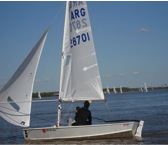
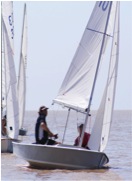 As a general rule: you have to move slightly, slightly heeling the boat, open the leeches and go lower (upwind) or higher (downwind).
As a general rule: you have to move slightly, slightly heeling the boat, open the leeches and go lower (upwind) or higher (downwind).
The heel of the boat: With little wind, the “shape” of the submerged hull loses importance while the wetted surface is THE factor to consider. If the crew is inside, I heel the boat enough so the windward hull gets a little out of the water. The lighter the wind the more I heel. This, in addition to reducing the wetted surface, puts the leeward chine into the water and this contributes to the general lift and momentum better than a flat boat.

 I also seat my crew about 20cm (8 inches) forward. It is not too bad that the bow is a little into the water, and the benefit of taking the stern out will be a clean exit of water without turbulence, which is huge. Always remember that the “exit” of water is 10 times more important than the “entrance”.
I also seat my crew about 20cm (8 inches) forward. It is not too bad that the bow is a little into the water, and the benefit of taking the stern out will be a clean exit of water without turbulence, which is huge. Always remember that the “exit” of water is 10 times more important than the “entrance”.
Regarding the sails, we must also be generous. Almost all the sails we use are too full to sail below 7 knots and it is hard to open the leech. In addition, our masts, are more straight with less tension, so they act as if they are stiffer (the more tension the more prebend), and that makes it very hard to open the leech of the mainsail.
Contrary to the general rule, the best sails to sail in light winds are flat, as the need to open the leech dominates the desired depth of the sail. When there is little wind and no waves, I usually put some more tension on the rig than normal, perhaps reaching 22 or 23 (using the black gauge with a spring). That will bend the mast more, make the mainsail flatter and more open until the leech opens. With no waves, I don’t need the power and I will point higher. All that is necessary so that the leech telltales fly, or at least we have the top batten about 5 degrees open.
All this is important, but for me, the most important thing is to move slightly.
You must be “like a cat” on the boat. With light wind, all we do in the boat is felt on the sails and the centerboard. We have to let the boat glide on the water without disturbances. Every time we move the centerboard and sails, we destroy the flow on them and momentum suffers. It takes more than 10 seconds to recover when there is little wind and everything leads to loss of speed.
In light winds the boat loses speed fast and recovers slow.
It is very important to train the crew to learn how to move so he or she can go on deck without moving around the boat. The skipper must find an intermediate and relaxed position that allows him or her to move in and out with the back without moving the whole body.
From a crew sitting position inside (photo 1) to sit on the deck (photo 5) and even slightly hiking there should be almost no disturbance to the boat.
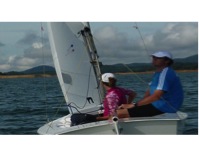
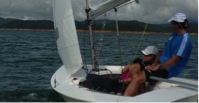
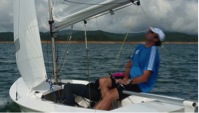 What we do is look for a sitting position over the centerboard trunk (Figure 1) that allows us to move the back to windward, up onto the deck if needed (picture 2). Then, if there is more wind we can easily slide the back without moving much. This is very comfortable for the crew and for the helmsman. (Photo 3 and 4)
What we do is look for a sitting position over the centerboard trunk (Figure 1) that allows us to move the back to windward, up onto the deck if needed (picture 2). Then, if there is more wind we can easily slide the back without moving much. This is very comfortable for the crew and for the helmsman. (Photo 3 and 4)
From that position, without taking your feet off the floor it is very easy to push and end up sitting on the deck and then hike if necessary without the boat even noticing. (Photo 5)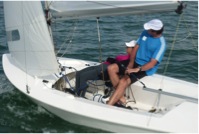
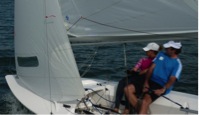
Downwind we have to try to get boat speed, looking for apparent wind, heading up a little and almost to a heading of reach. The main will not sail loose against the shroud but is sheeted in 20 or 30cm, and we will not ease off all of the jib halyard because it will “fall” too much.
Heading up slightly (sheeting in a little more main and heeling a bit, rather than using the rudder), the boat accelerates with the higher apparent wind. When we will feel as if the boat is going to heel slightly, then we can get it flatter with our back out, generate speed and head down again, as if we had entered a gust. We sail the whole downwind leg this way, heading up and down, very subtly, trying to maintain a good speed. Downwind the boat accelerates faster and stops mmore slowly. The secret is to administer these “pushes” and not head up too high all the time, but the most important thing is to understand that it makes no sense to stay pointing low and very slow.
Sometimes when sailing in 10 knots or more, we find ourselves in a very choppy sea that stops us all the time. Handling this is quite similar to light wind: you want a powerful boat with open leeches, not pointing very high, sails not sheeted in all the way, and a little heel. The thing we will NOT do is to sit forward, but we want the sails wide open all the time and maximum speed boat. The boat will be fast and the VMG fantastic.
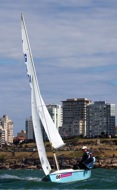
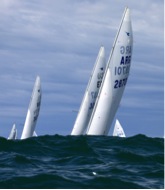
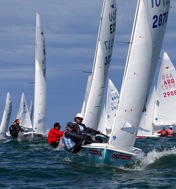 This last 3 photos are from the day we won the 3 races at the most recent South Americans. Note the wide open leeches. The, jib is out and full and the boom is not in the middle, and the boat is still pointing well because of the speed. The photos are not showing how much chop there was, of course.
This last 3 photos are from the day we won the 3 races at the most recent South Americans. Note the wide open leeches. The, jib is out and full and the boom is not in the middle, and the boat is still pointing well because of the speed. The photos are not showing how much chop there was, of course.
Finally remember that as I mentioned in another article, in 90% of cases, if you have bad speed is because your sails are sheeted too much !
I hope you find this usefull!
See you on the water
“HOW TO IMPROVE FAST” is a series of short articles to the sailors who usually end up outside the first third of the fleet in most races.
They are sailors who week after week try to improve, try to repeat what they did in that race in which they finished better. They try to stay in front when they round the first mark near the leaders, but most of the time they fall back without knowing why..
The goal of all this is to provide some technical elements to help them stop committing some recurring errors immediately, so they can see results right away.
Of course, and this needs to be said, this is just my humble PERSONAL opinion, and others will have an equally valid different one. This is what I’ve learned or observed in the 35 years I’ve been racing sailboats, 26 of them under the “fat bird”, and what I try to do or avoid every weekend.
Comments for this post are closed

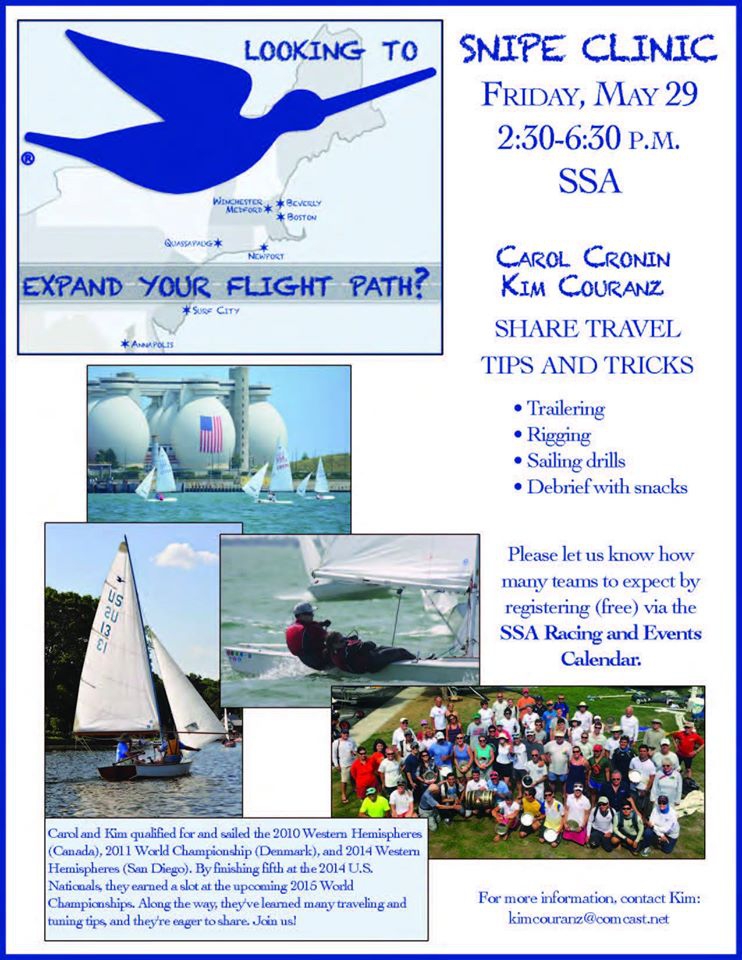


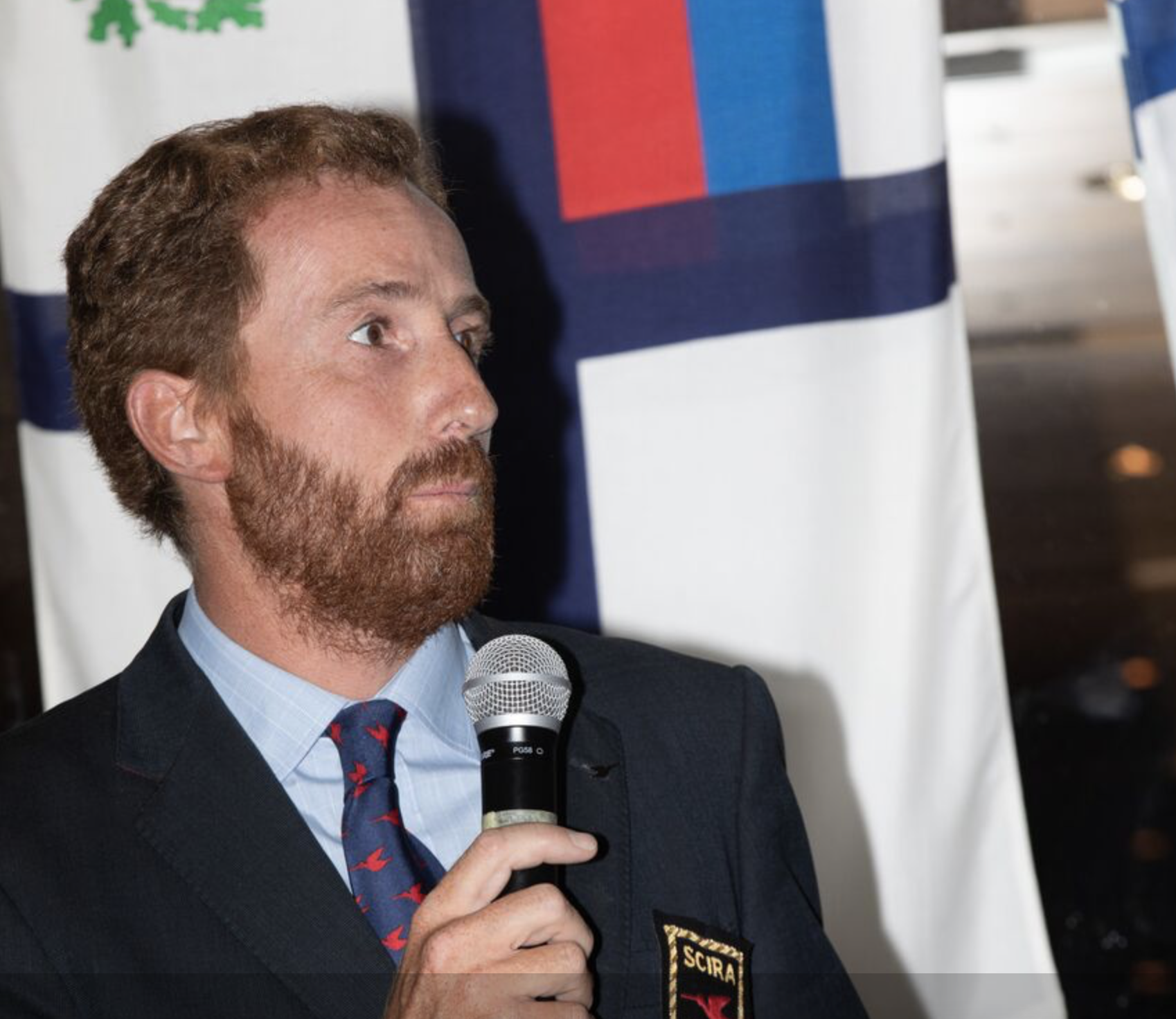
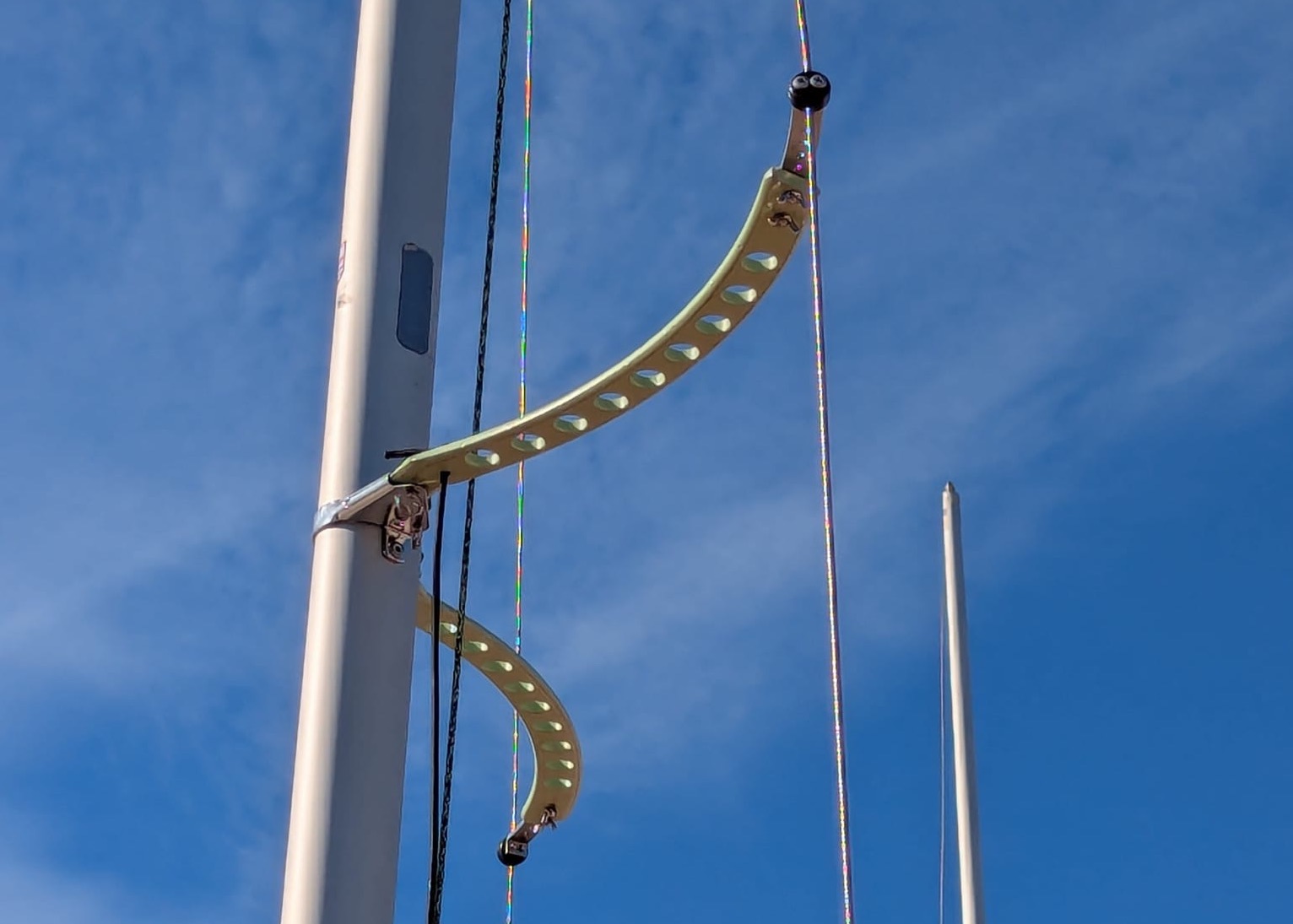
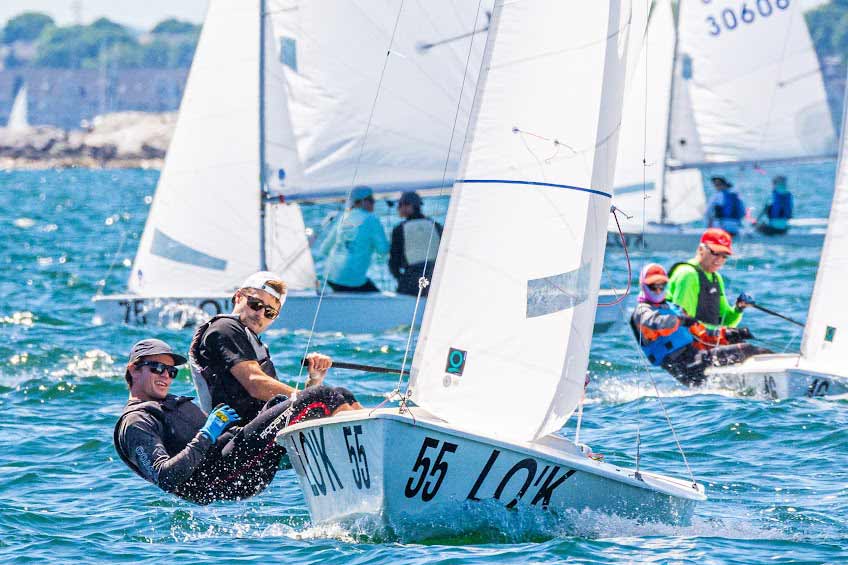
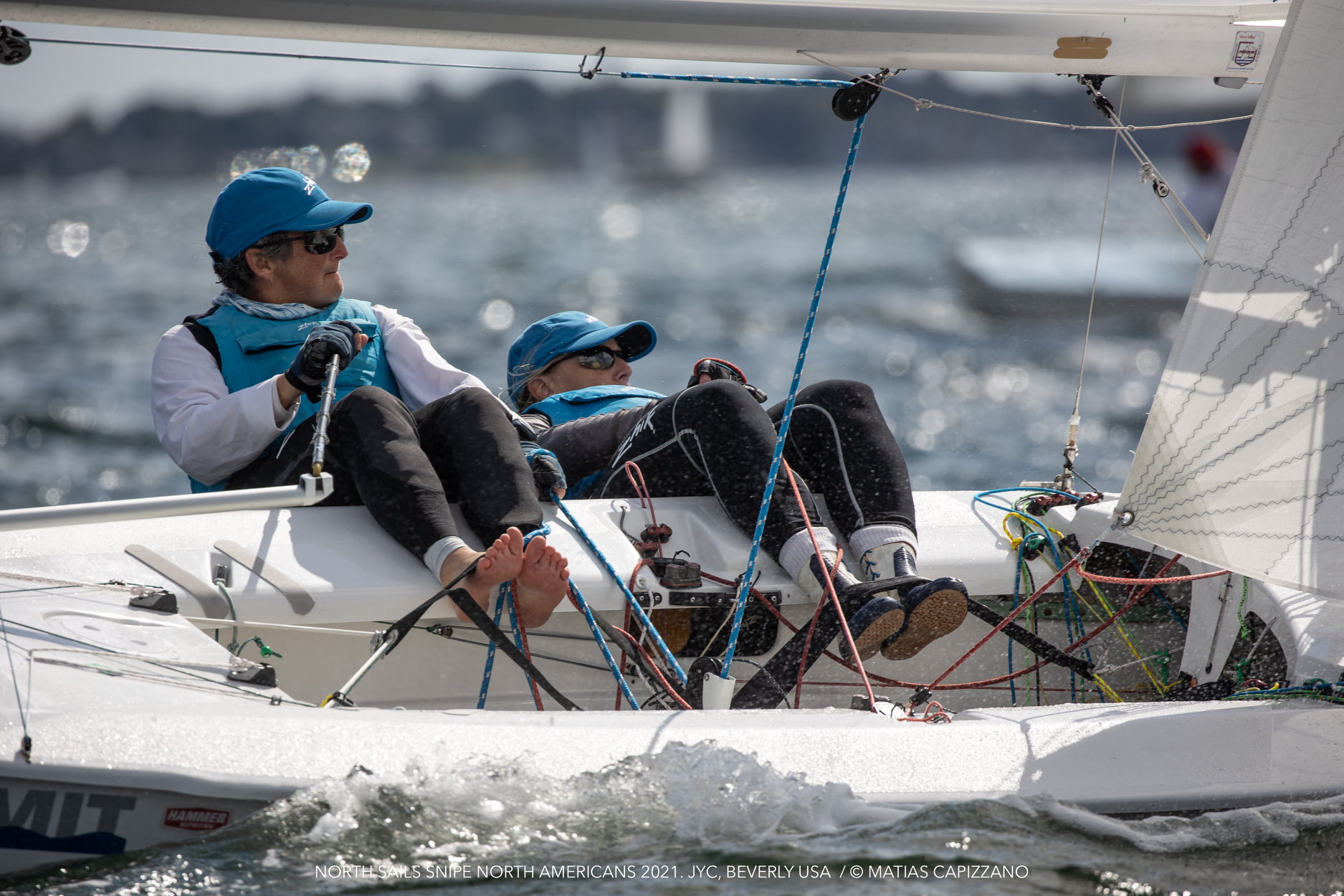
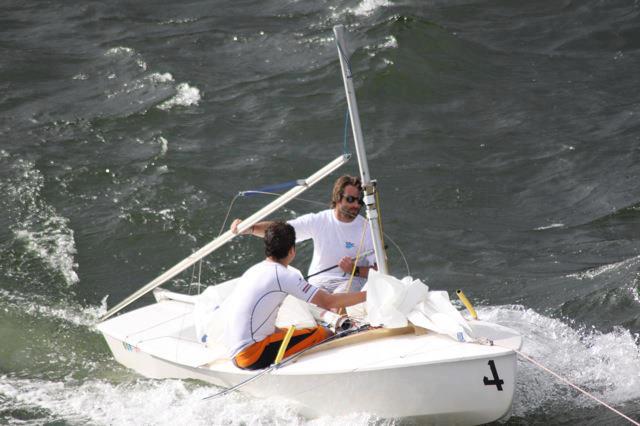

0 comments